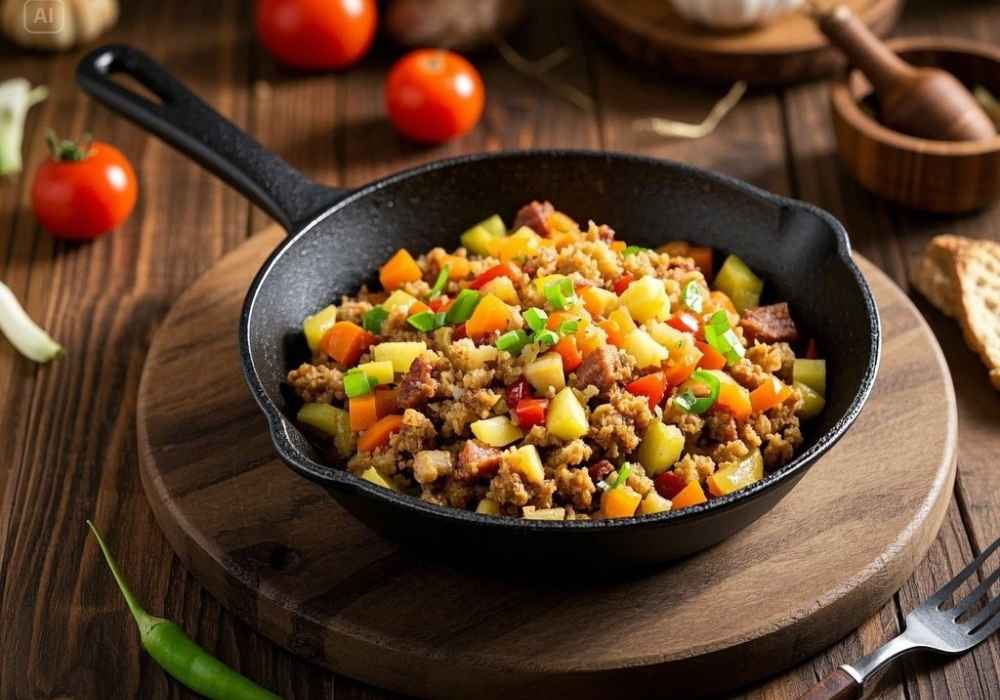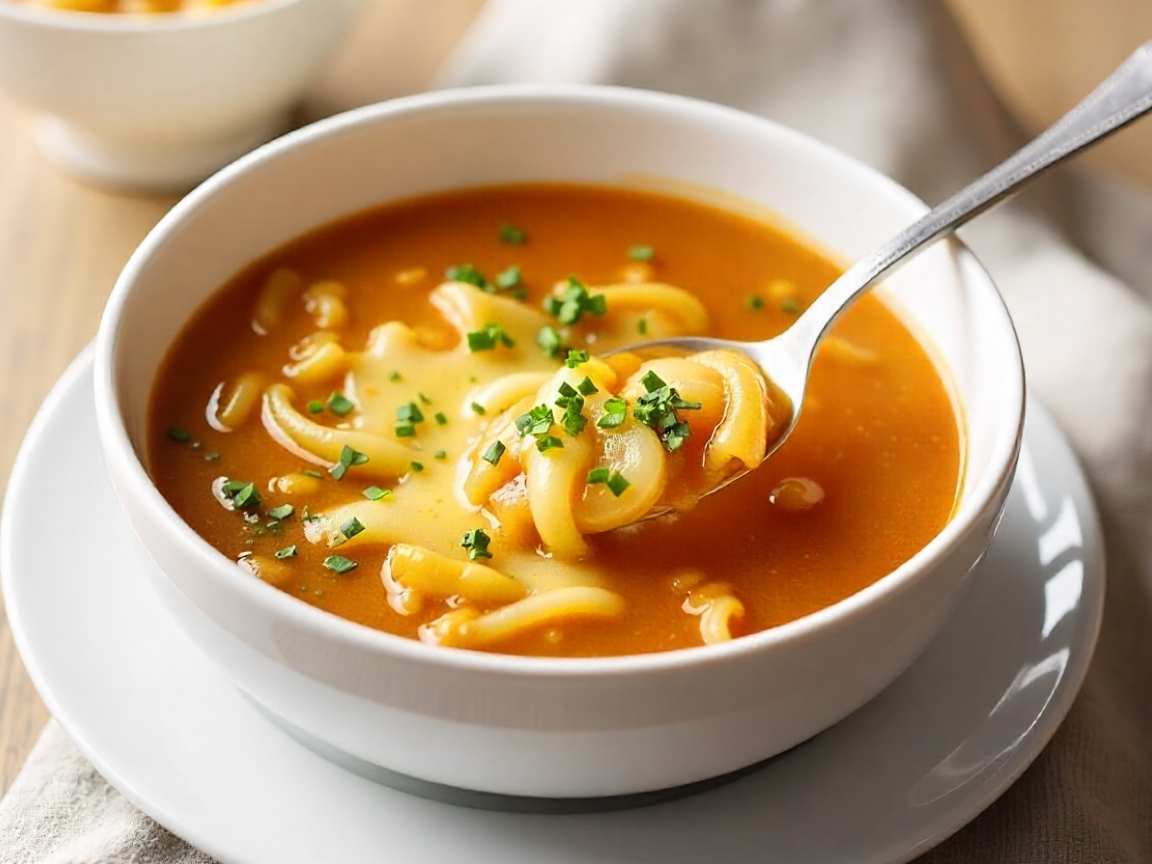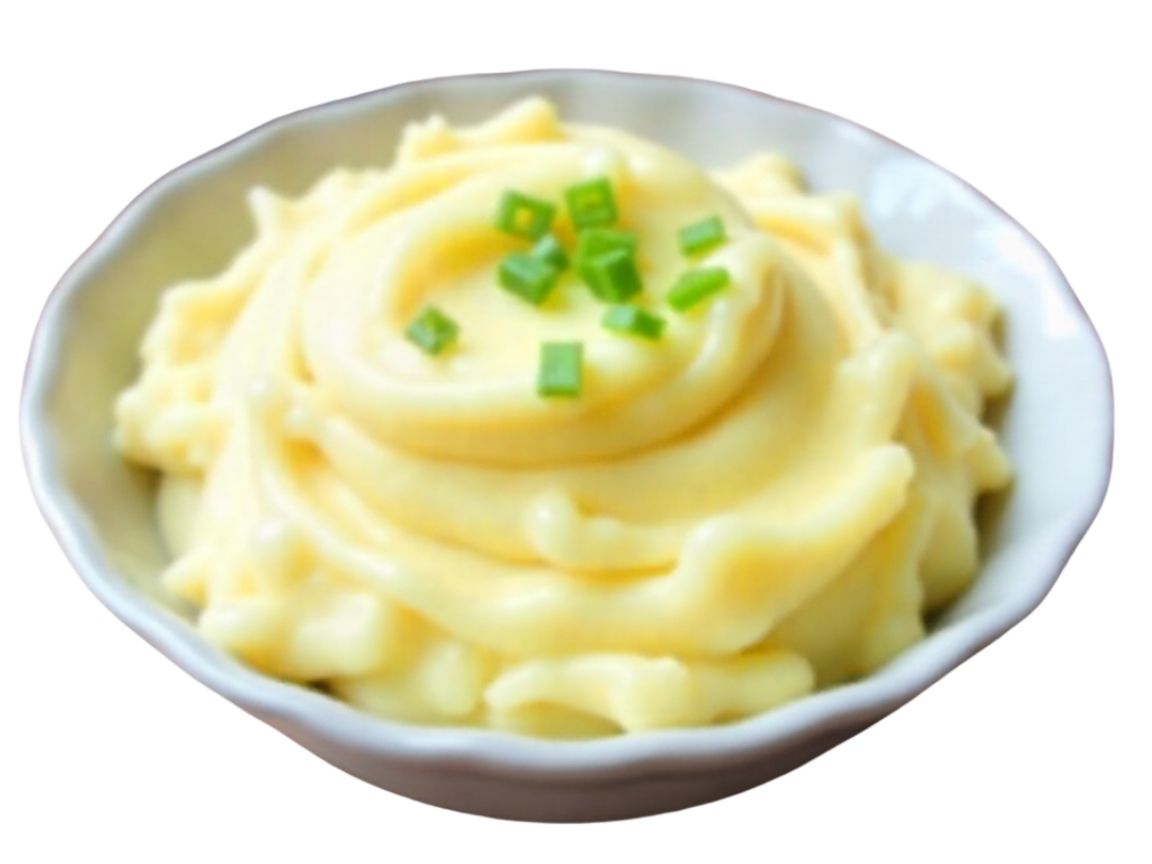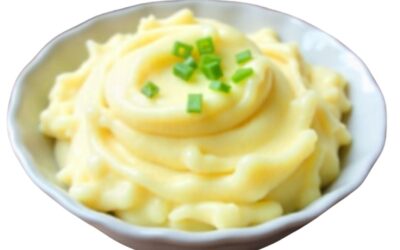Food is more than sustenance; it’s a bridge to traditions, stories, and cultures. Hash food is unique among the many dishes that quietly grace tables worldwide. It’s an often-overlooked classic that draws from rich culinary roots while adapting to the tastes and preferences of modern kitchens.
Are you wondering what hash food is, why it’s beloved by many, and how you can create your own? This post is your guide to uncovering everything you need about hash food, from its history and versatility to easy recipe tips for your next meal.
What is Hash Food?
At its core, hash food combines various ingredients, typically diced or chopped, and cooks them together in a pan. Most traditional hash recipes feature a base of potatoes mixed with leftover meats, vegetables, and seasonings. The result is a hearty, flavorful, and often crispy dish that’s as satisfying as practical.
The name “hash” comes from the French term “hacher,” which means “to chop.” This highlights the dish’s defining preparation technique: finely chopping ingredients before cooking.
Hash is often associated with breakfast, but its culinary potential stretches beyond the morning table. It’s a dish rooted in resourcefulness, perfect for families looking to make the most out of leftovers or home cooks wanting a one-pan meal with layered textures and flavors.
Hash Throughout History

Historically, hash food emerged as a way to minimize food waste. When meat and fresh produce were more rigid, households developed this dish by creatively repurposing leftover meats and potatoes into a meal that could feed a family. Its global appeal lies in its adaptability, with every culture adding its spin to the dish.
Ingredients
Hash dishes typically consist of diced pieces of meat, potatoes, or other starchy vegetables and a mix of additional veggies, herbs, and spices. In some regions, beans or legumes are added to the mix for protein and texture. Canned corned beef is also frequently used in hash recipes. This versatile dish can be made with almost any ingredient that you have on hand.
Cooking Methods
Traditionally, hash was cooked in a cast-iron skillet over open flames or hot coals. However, as cooking methods evolved, so did the ways to prepare hash. Today, it can be cooked on the stovetop in a pan or pot on medium heat until all ingredients are evenly browned or in the oven at 375 degrees Fahrenheit for about 45 minutes. Some chefs also prefer to cook hash on a grill for added smoky flavor.
Variations
The beauty of hash is its versatility and adaptability to any taste preference. It can be made with different types of meat, such as chicken, turkey, or pork. For a vegetarian option, tofu or tempeh can be used as protein sources. Vegetables like bell peppers, zucchini, mushrooms, and carrots can add color and nutrition to the dish.
For those looking for a healthier option, sweet potatoes or cauliflower can be substituted for regular potatoes. Different herbs and spices, such as rosemary, thyme, and cumin, can also be added to give the dish a unique flavor.

Hash can also be served with a variety of toppings, such as avocado slices, shredded cheese, or even a fried or poached egg. It can be enjoyed for breakfast, lunch, or dinner and is a great meal to make ahead and reheat throughout the week.
In addition to its versatility in ingredients and toppings, hash can also be adapted to fit different dietary needs. For those following a low-carb diet, cauliflower rice or spiralized vegetables can be used as a base instead of potatoes. For those with gluten sensitivities or allergies, using gluten-free tamari or coconut aminos as alternative seasoning options can still provide a flavorful dish.
Hash is also a great way to use up any leftover ingredients in your fridge, making it an economical and sustainable meal option. It’s a perfect opportunity to get creative and experiment with different flavor combinations.
But hash isn’t just limited to savory dishes. Sweet potato and apple hash make for a delicious side dish or breakfast option, adding a touch of sweetness to the traditional savory flavors. And for those looking for a healthier alternative, swapping out regular potatoes for nutrient-rich sweet potatoes is always an option.
Overall, hash is a versatile and adaptable dish that can be enjoyed by anyone regardless of dietary restrictions or personal taste preferences. So next time you’re wondering what to make.
Some popular examples include:
Corned Beef Hash (United States): This classic dish combines corned beef, potatoes, and onion, often served with eggs on top. It rose to prominence during World War II as canned corned beef became a pantry staple.
Bubble and Squeak (United Kingdom): Made with leftover mashed potatoes and vegetables, this British adaptation brings a crispy exterior and flavorful simplicity.
Picadillo (Latin America and Spain): While not always associated with hash, picadillo is closely related. It features ground beef, tomatoes, spices, and vegetables and is often served with rice or tortillas.
Whether enjoyed as a rustic farmhouse meal or a trendy brunch option, the hash is endlessly customizable, making it a timeless culinary staple.
Why Foodies Love Hash

Hash is more than chopped leftovers cooked in a skillet; it’s a blank culinary canvas inviting creativity and experimentation. Here’s why foodies, home cooks, and culinary enthusiasts are drawn to it:
1. Versatility
Hash food’s beauty lies in its adaptability. Nearly any combination of ingredients will work, allowing you to mix and match flavors based on your preferences or what you have on hand. From vegan sweet potato hash to protein-packed tofu variations, the hash is as versatile as your imagination allows.
2. Cost-Effectiveness
Don’t want leftovers to go to waste? Hash is the perfect solution. Instead of letting last night’s roasted chicken or steak languish in the fridge, transform them into a whole new meal by tossing them into a skillet with potatoes and veggies.
3. Texture and Flavor
The magic of hash lies in its textures and flavors. The crispy edges of browned potatoes, the tender bites of meat, and the bursts of flavor from herbs and spices combine to create a satisfying meal with every bite.
4. Approachable for All Skill Levels
Whether you’re a beginner cook or a seasoned gastronome, making hash is simple and stress-free. You don’t need fancy kitchen equipment or advanced culinary techniques to get started.
How to Make the Perfect Hash at Home
Now that you know what hash is and why it’s a favorite, are you ready to try making it yourself? Here’s a step-by-step guide to creating delicious hash food at home.
1. Start with the Basics
Choose potatoes as your base. Russet or Yukon Gold potatoes work best due to their balance of starchiness and texture. Dice them into even cubes for uniform cooking. If you’re looking for a healthier alternative, consider using sweet potatoes or cauliflower rice.
2. Add a Protein
You can use leftover meats like roast chicken, steak, sausage, or corned beef. Plant-based options like tofu, tempeh, or legumes are excellent substitutes.
3. Mix in Vegetables
Toss in a variety of vegetables to add color and nutrition. Bell peppers, onions, mushrooms, and zucchini are popular choices. Use fresh produce or whatever leftover veggies you have in your fridge.
4. Season It Up
Seasonings are essential for bringing depth and flavor to your hash. Start with salt and pepper, and then get creative with garlic powder, smoked paprika, chili flakes, fresh thyme, or parsley. A squeeze of lemon or a drizzle of hot sauce also adds a nice kick.
5. Cook It All Together
Heat your skillet over medium-high heat with plenty of oil or butter. Begin by sautéing your potatoes until they’re golden and crisp. Add your vegetables and proteins, stirring occasionally to combine, and ensure everything cooks evenly.
6. Top It Off
Elevate your hash further with toppings! A sunny-side-up egg, shredded cheese, or sliced avocado can take your dish to the next level.
Pro Tip: For extra crispy potatoes, cook them with minimal stirring to allow the surface to brown correctly.
Modern Takes on Classic Hash
The culinary world loves twisting traditional dishes, and hash is no exception. Here are some modern variations you can try:
Vegan Power Hash: Sweet potatoes, black beans, spinach, and avocado slices create a vibrant and healthful take on hash.
Seafood Hash: Combine crab, shrimp, or salmon with baby potatoes and fresh dill for a coastal-inspired dish.
Breakfast Hash: Add bacon bits, spinach, and fried eggs to transform your hash into the perfect brunch meal.
Mediterranean Hash: Mix in olives, cherry tomatoes, and feta cheese for a Mediterranean twist on the classic recipe.
Why Hash Deserves a Place on Your Plate
Hash food is more than just a practical way to use leftovers; it expresses culinary creativity steeped in history and culture. For foodies, home cooks, and culinary enthusiasts, exploring hash means rediscovering comfort food through endless possibilities.
The best part? You can start with what you already have in your kitchen and create something entirely your own. No two hash dishes are the same, yet every plate offers the same delicious satisfaction.
Try Hash for Your Next Meal
Why not elevate your next cooking session with a homemade hash? Whether you’re looking for a hearty breakfast, a quick lunch, or a leisurely dinner, hash food adapts perfectly to suit your lifestyle and cravings.
Now, fire up your skillet, experiment with ingredients, and discover why hash has remained a beloved staple for generations. Happy cooking—and happy eating!



















